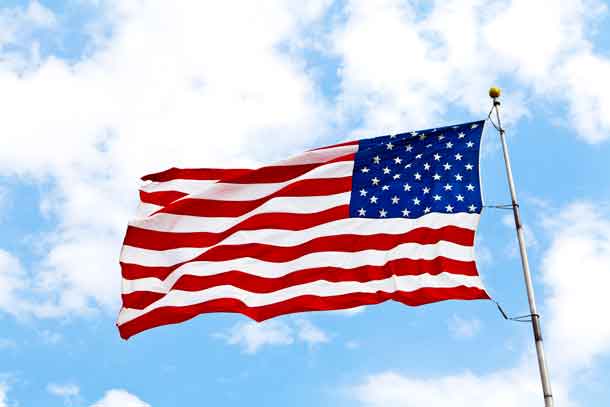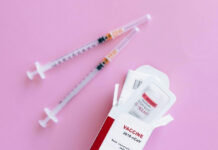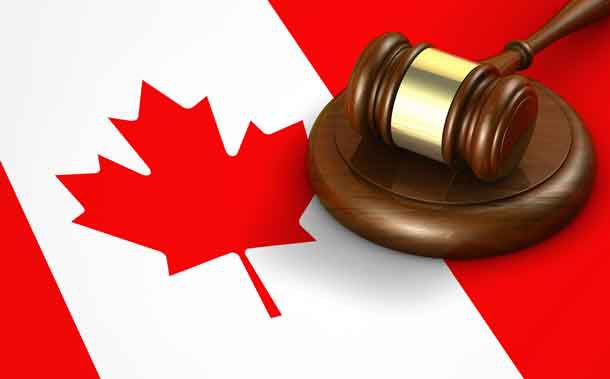As the COVID-19 pandemic became increasingly severe in the United States, the calls for an effective vaccine understandably heightened. Typically, a vaccine could take years to develop and roll out. Due to the urgency of the COVID-19 crisis, however, researchers across the world received increased funding for vaccine development. This has led to the creation of several effective vaccines, with the two most famous vaccines being produced by Pfizer and Moderna. These vaccines have been proven through initial trials to be remarkably effective in preventing the contraction of COVID-19. Compared to similar flu vaccines, they are both actually more effective at preventing the transmission of the novel coronavirus.
However, the creation of an effective vaccine does not necessarily mean that vaccine will be dispersed effectively. Both the Pfizer and Moderna vaccines actually require two doses in order to take full effect. These doses must be administered separately, with the second being administered three to four weeks after the first. Both vaccines also required emergency approval from the FDA. After an initial application process, they were approved, after which the global community was left to determine their rollout among the general population.
There is a high demand for the vaccines, but there are also a number of challenges and debates regarding the rollout process. The U.S., in particular, is faced with growing skepticism surrounding vaccines in portions of the population, which can also present problems for the rollout process. Even after a general rollout process is determined by various communities and agencies, the vaccine still must undergo a journey of sorts. It needs to be transported both quickly and safely in order to maintain its viability. Vaccines must be kept in sanitary, monitored conditions in order to remain safe and effective during the journey from factory to healthcare facility. After receiving the vaccine, furthermore, different regions may determine different approaches for getting those vaccines to the proper facilities — and then to the proper patients. The general recommended philosophy regarding the vaccine is that the rollout prioritizes more vulnerable communities and healthcare workers first. But the process is more complex than it may initially seem, especially without effective leadership.
Understanding U.S. Vaccine Rollout Difficulties
In recent weeks, there has been much criticism directed towards the rollout of the COVID-19 vaccines across the nation. The U.S. does face unique challenges, some of which were mentioned above. And in general, the U.S. vaccine rollout must cover a much larger community and expanse of land than most other nations in the world. At the same time, the U.S. is dealing with a record number of hospitalizations, meaning that the healthcare system is overwhelmed. Therefore, vaccines need to be distributed both rapidly and in large quantities.
This process has been impeded by incoherent messaging regarding the vaccine from the current administration, as well as confusion among state leaders. Each U.S. state is essentially able to determine its own rollout strategy, which means that there is not a single consistent rollout strategy nationwide in the way that there could be in smaller countries. The Trump Administration’s Operation Warp Speed aimed to distribute 20 million doses of the COVID-19 vaccine before the end of 2020. However, it fell quite short of that goal. Additionally, different states have varied broadly in terms of vaccine distribution, with South Dakota using 69% of the doses it received while Georgia using only 22% of the doses received thus far.
Additionally, the “anti-vaxx” movement has become increasingly popular in the U.S., which has encouraged skepticism regarding most vaccines (and especially this newest inoculation). Americans may not be legally obligated, under most circumstances, to receive vaccines unless they are attending public school or working certain jobs. Therefore, even those who have easy access to the vaccine may choose to deny its receipt. But it is most important that people do have the opportunity to accept the vaccine.
Creating a More Effective Rollout Process
It’s currently a priority for both the states and the country at large to expand rollout efforts. This involves not only a targeting strategy in terms of which people will receive the vaccine first but effective sourcing for distribution equipment and proper transportation of the vaccine. The vaccines typically will need to be transported via truck. These trucks can potentially transport large amounts of the vaccine in a short amount of time, as a fully loaded semi-truck can weigh as much as 18,000 pounds. Sourcing these trucks is logistically challenging and potentially expensive, as they all will require regular maintenance and fuel. Although the U.S. was the largest producer of natural gas worldwide in 2016, all of the trucks transporting the COVID-19 vaccine will require a lot of fuel. Therefore, this process needs to be carefully budgeted, aside from the costs involved in administering the vaccines to people.
States will also need to coordinate with each other. Some states may require more doses than others in the immediate future, as their viral spread may be worse. Additionally, larger hospitals may require healthcare workers from other hospitals, even those from outside their state, to help manage and administer the vaccines. A major issue occurring right now within states is a lack of coherent communication, with some states receiving fewer doses than they were initially told. This can lead to issues with planning the storage of the vaccine, as well as how it is distributed amongst hospitals.
The public also needs to be better informed as to when the vaccine will be available in their areas and how they can receive it. This has been a major barrier to vaccine distribution as of now. Many people could potentially receive the vaccine but are unaware that it is available in their state. Additionally, these people need to be informed regarding when and how they can receive their secondary doses of the vaccine.
There has also been confusion and debate regarding who will and should receive the vaccine first. The elderly population has often been suggested, as senior citizens are more vulnerable to becoming seriously ill and dying of the virus. This population is also expanding rapidly, with another 10,000 people turning 65 each day nationwide. Even if people are outside of nursing facilities, many would argue that they should receive the vaccine first. Others would prefer efforts to be focused on those who are immunocompromised, while some advocate for the vaccines to be more widely available to the general population with no preferences given to individuals.
Although it remains to be seen how the vaccine will be rolled out over time, it is clear from expert testimony (including sentiments from Dr. Anthony Fauci, the nation’s leading expert on infectious diseases) that the rollout process needs to be streamlined and improved. The consequences of keeping the rollout process as it currently stands could be even more disastrous for the United States. Many are eager to see how the rollout process might evolve under new leadership later this month.







